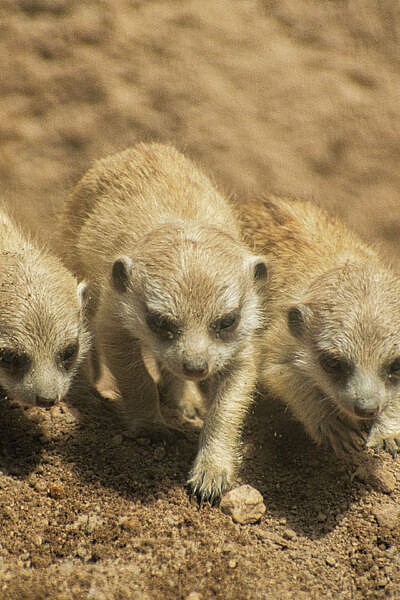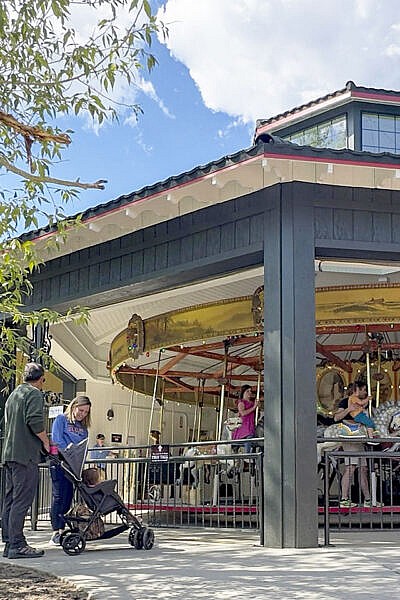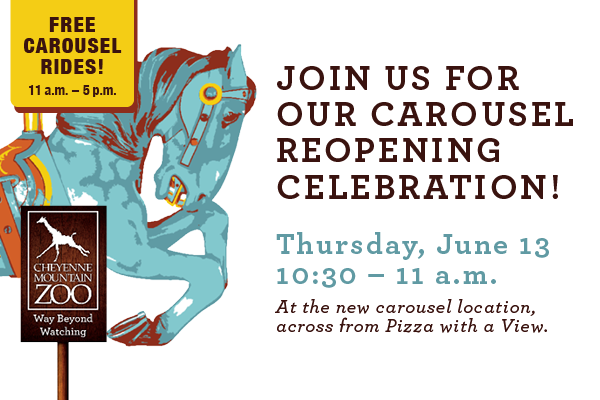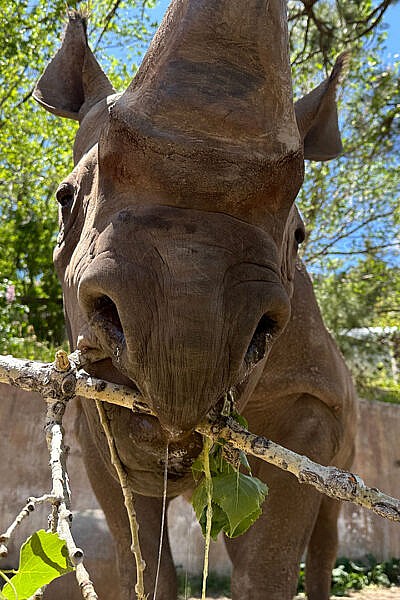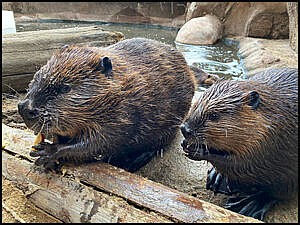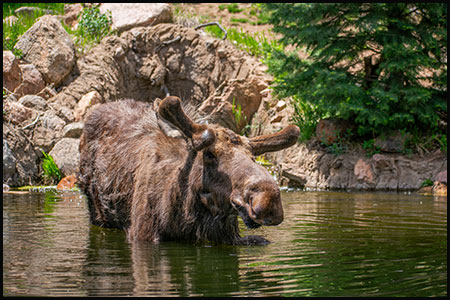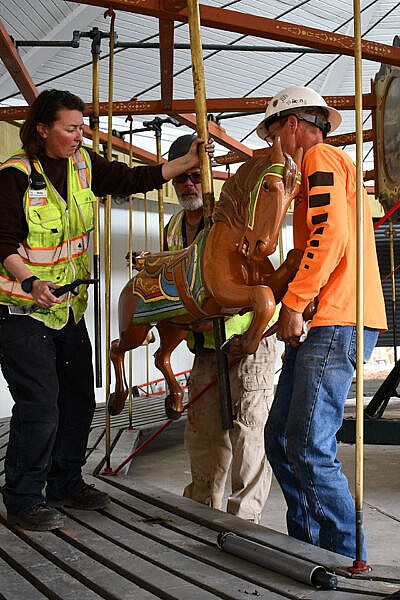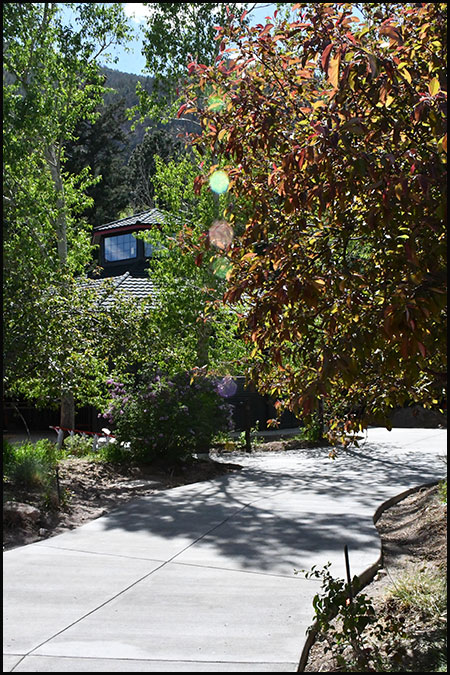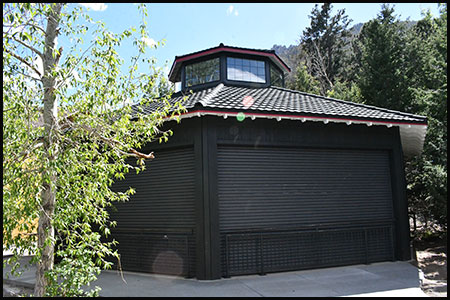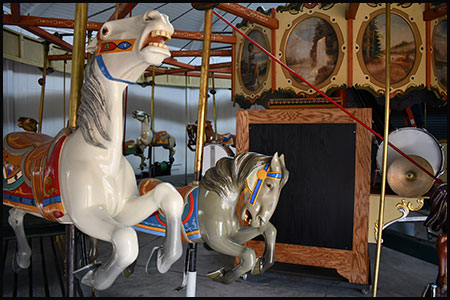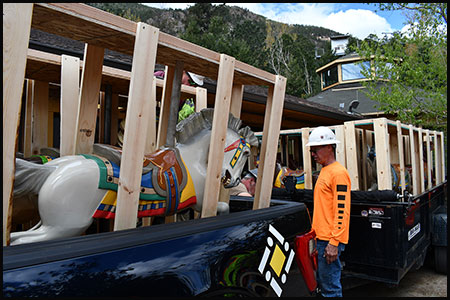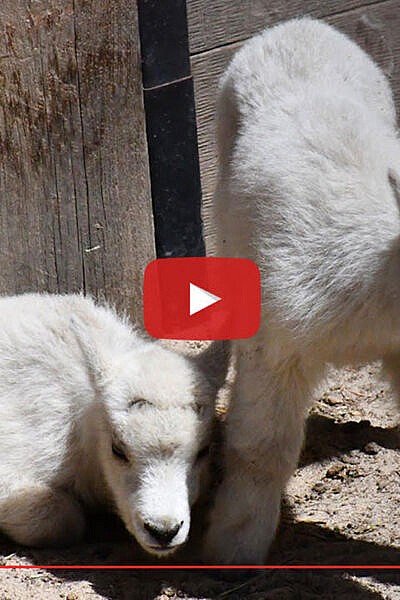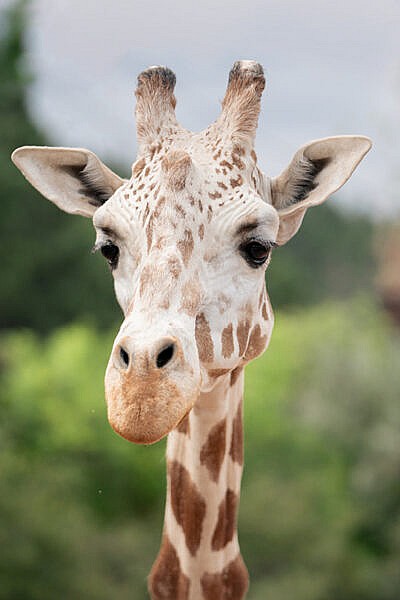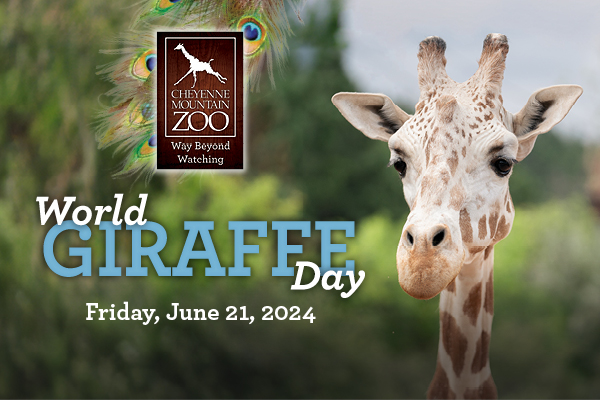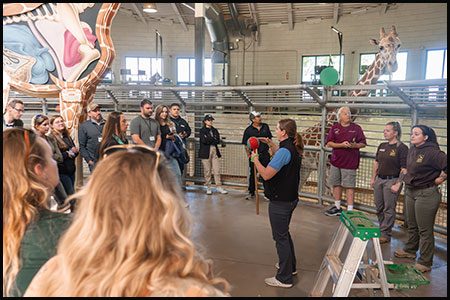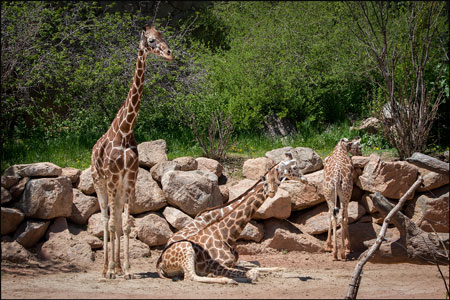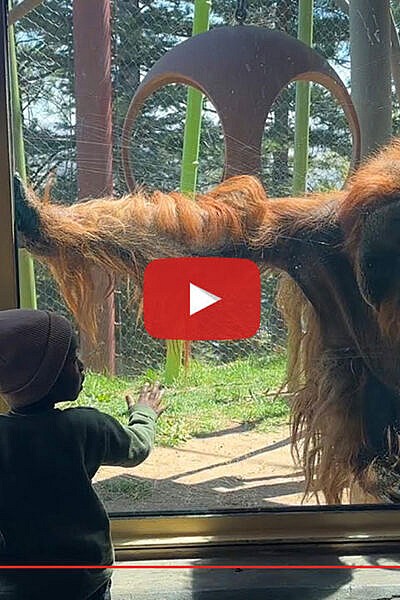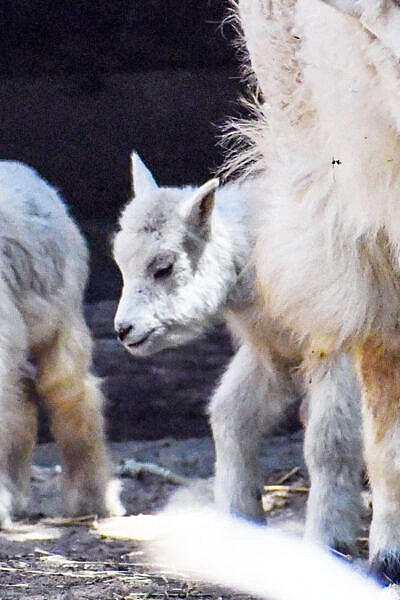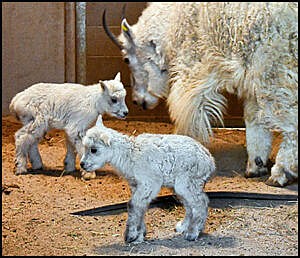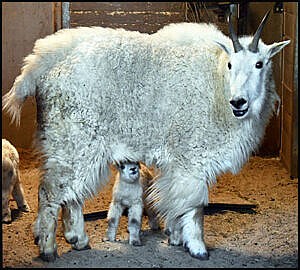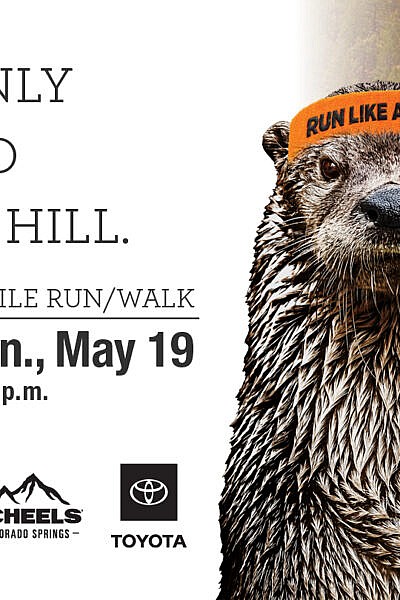Across the path from Cheyenne Mountain Zoo’s enormous African elephants, a fast-growing family of pint-sized predators is stealing the hearts of visitors and staff. Led by proud parents, Hullabaloo and Sage, the slender-tailed meerkat mob is a popular stop for summer visitors. Amy Tuchman, senior animal keeper in African Rift Valley, says the most recently born pups are in ‘peak cuteness’ right now, and they’re growing quickly.
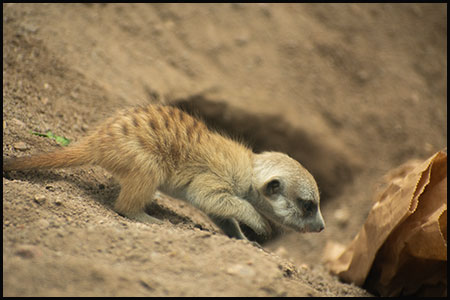
The latest additions to the mob arrived on May 19, making them the second meerkat litter of the year and nearly doubling the size of their family. The three fluffy bundles of energy have since become the center of attention for staff, visitors and their doting furry family members. Older siblings, Kerfuffle and Saffron, aren’t even four months old and they’re already taking on the role of babysitter with enthusiasm.
“While Hullabaloo and Sage tend to other duties, like climbing up high for sentry duty or digging a new tunnel system, Saffron and Kerfuffle seem to really enjoy babysitting,” says Amy. “The whole mob helps look after the babies. It’s everyone’s favorite job, and you’ll even see the older pups scuffling over who gets to cuddle the little ones next.”
Sage, who became a first-time dad in March when Kerfuffle and Saffron were born, embraced the role immediately alongside first-time mom, Hullabaloo. Meerkats are known for their matriarchal, linear social structure and tight bonds, and communal approach to raising young.
The shared responsibility extends beyond babysitting; it includes grooming, teaching hunting skills, and standing guard atop their habitat’s termite mounds – the perfect vantage point for alert sentries.
“I haven’t seen any of the pups climb up high on the mounds yet,” Amy says. “But, when Sage and Hullabaloo climb up there, you will usually see all five of their kids on ground level, imitating their stance. They learn by mirroring behaviors.”
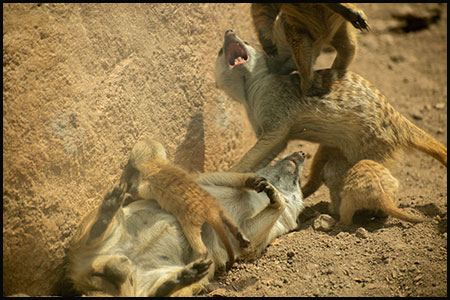
Having gotten the hang of climbing, digging, taking cover in tunnels, wrestling and chasing, the babies’ next lesson is hunting. For the first weeks of life, their eyes were closed and they depended on mom for everything: protection, relocation and nursing. At around 3 weeks old, their siblings and parents started bringing them meatballs and dead insects to eat. As they got older, the food delivery service evolved.
“The older meerkats brought them bugs that over time were less ‘easy’ for the pups,” Amy says. “So at first, they’d receive dead bugs, then slightly alive, then more so, then wriggling and so on, until they stopped delivering the bugs to them at all.”
When their siblings and parents recently saw the little ones were ready to hunt, they stopped bringing food to the little ones at all. Now, they invite the young pups to the hunt. Hunting is a meerkat’s favorite activity, because they get to chase quick-moving insects, enjoy the satisfaction of catching them, and share a tasty treat with their family.
For meerkats, nearly everything is fast, including their meals, their growth and their reproduction. They are predator-prey, meaning they sit in the middle of the food chain. As prey, their species evolved to reproduce quickly to maintain populations. They can have multiple litters in a year, with 1 to 5 pups in each litter. Meerkat pregnancies typically last 11 weeks.
The meerkat pups’ sexes are not confirmed yet, and they look remarkably similar.
“There’s one with a darker coat that we can tell apart from the others,” Amy says, “We call that one the ‘lone ranger’ because it seems to seek spaces away from its siblings. People have really fallen in love with these little ones and it’s easy to see why! They’re so fun to watch.”
Guests can see Hullabaloo and Sage’s growing family in Encounter Africa, in the meerkat habitat closest to the ground hornbills.
